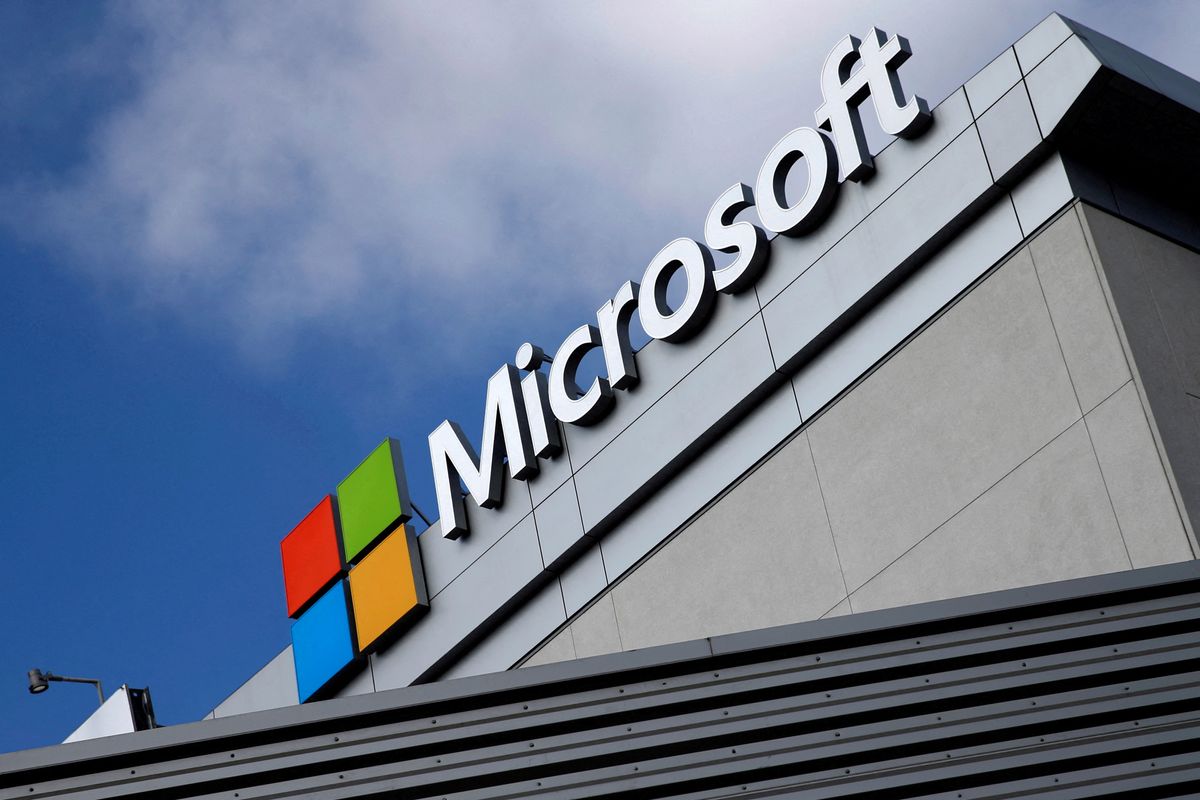Microsoft and Helion Energy bet on nuclear fusion with a new deal
We’ve all heard of nuclear power, but what is nuclear fusion energy?

A few minutes every morning is all you need.
Stay up to date on the world's Headlines and Human Stories. It's fun, it's factual, it's fluff-free.
The backstory: We’ve all heard of nuclear power, but what is nuclear fusion energy? In theory, it’s an unlimited clean energy resource. While traditional nuclear energy creates dangerous, long-lasting radioactive waste, fusion generators don’t have that problem.
Fusion happens when two light atoms, like hydrogen, are heated to extreme temperatures, making them combine into one heavier atom. This reaction releases so much energy that nuclear fusion has been called “the holy grail of clean energy.” At the moment, we still haven’t been able to consistently create lasting reactions that release more energy than they use up. In fact, the very first fusion reaction that produced more energy than it used just happened a few months ago in a breakthrough experiment. But since then, they’ve tried five more times to replicate the results and haven’t been able to.
More recently: But, there’s still a lot of interest in nuclear fusion, and that means that there’s a lot of funding going into it. One nuclear fusion startup, Helion Energy, is getting a lot of attention. In 2021, it got US$500 million in funding. It says its Polaris fusion reactor should be able to produce real fusion energy by 2028. It also has plans to prove it can produce energy by 2024. To reach these goals, Helion would have to make a lot of progress in a really short amount of time.
The development: Well, Microsoft is feeling really confident about the startup’s potential. On Wednesday, Microsoft and Helion announced a new deal in a move toward sustainability for the tech giant. Starting in 2028, Helion will provide Microsoft with 50 megawatts of electricity (enough to power 40,000 homes).
This deal is the first of its kind, as Helion is building the world’s first commercial fusion generator in Washington state and will connect it to a power grid. The energy will be distributed by the power company Constellation. But, many experts still predict the true fusion era to be two decades away, meaning this is a pretty steep bet for the two companies.
Key comments:
“We are optimistic that fusion energy can be an important technology to help the world transition to clean energy,” said Brad Smith, Vice Chair and President at Microsoft in a press release. “Helion’s announcement supports our own long term clean energy goals and will advance the market to establish a new, efficient method for bringing more clean energy to the grid, faster.”
"Fifty megawatts is a big first step of commercial-scale fusion, and the revenue feeds right back into us developing more power plants and getting fusion out on the grid both in the United States and internationally as fast as possible," said David Kirtley, Helion's founder and CEO, in an interview.
“I would say it’s the most audacious thing I’ve ever heard,” said University of Chicago theoretical physicist Robert Rosner. “In these kinds of issues, I will never say never. But it would be astonishing if they succeed.”
"The business world is starting to understand that fusion is coming and perhaps sooner than a lot of people thought," said Andrew Holland, head of the Fusion Industry Association, in an interview. "It's a vote of confidence that Helion is on its way, as are other companies building their proof-of-concept machines now."




Comments ()